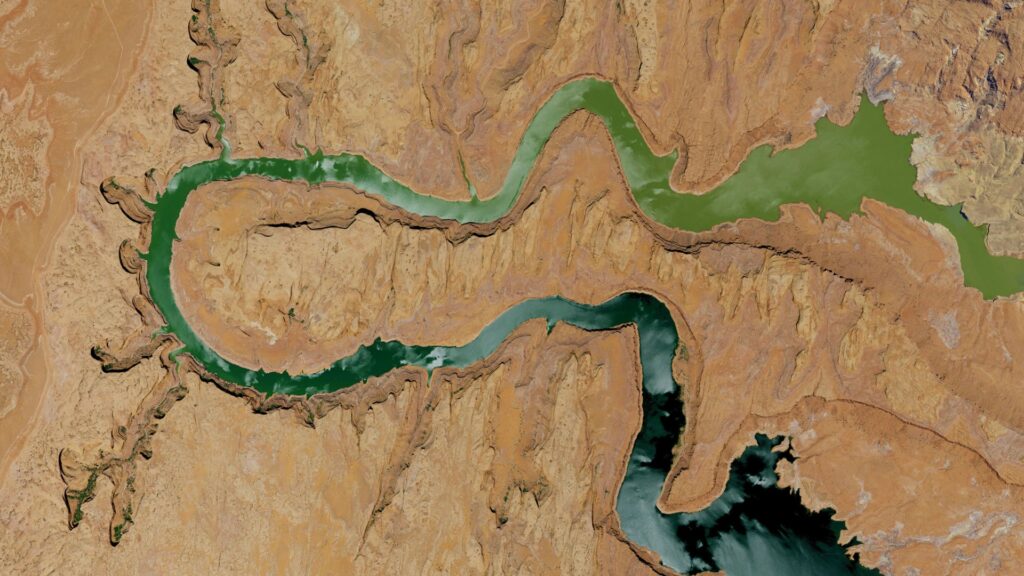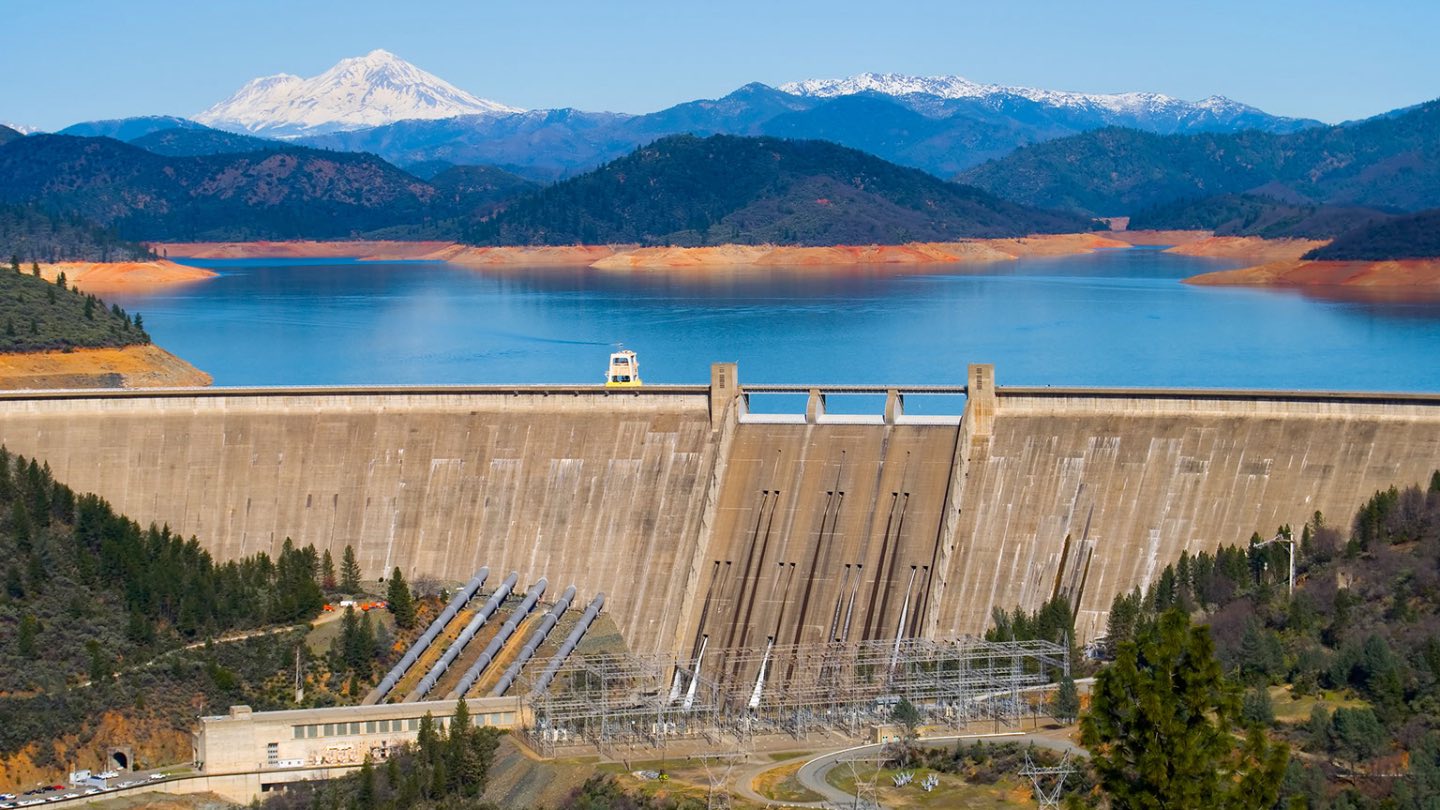Water Weekly: ‘We have to provide them with a business decision’
This week, I’m traveling down the Lower Colorado and talking to some of the major water authorities in the lower basin on a tour organized the Water Education Foundation. So, if you can only read two things about western water this week, read these, and then stay tuned for more in depth coverage of the tour coming up in On Water:
1. In dry West, farmers balk at idling land to save water
Associated Press water reporter Suman Naishadham reports from the agricultural areas of the Lower Colorado River outside of Yuma, Arizona and in California’s Imperial Valley. Tina Shields, water manager for the Imperial Irrigation District, told Naishadham that fallowing is “the F-word down here,” before admitting that fallowing will definitely need to be some part of the solution to the drought in the Colorado River Basin. F-word or not, fact is that between 2003 and 2017, some 300,000 acres of farmland were fallowed, conserving 1.8 million acre-feet of water, in a deal with San Diego’s water authority that paid farmers in the Imperial Irrigation District some $161 million dollars. That experience has farmers in the district looking for much more per acre-foot this time around. Fallowing “damages our community as a whole,” says farmer Larry Cox, who fallowed some of his 4,000 acres as part of the San Diego program. He laid off between 5% and 10% of his farmworkers as a result of the fallowing, and used the money to improve his irrigation efficiency with new pipes and other equipment. While negotiations have mostly happened behind closed doors, we know that the initial offer from the Bureau of Reclamation for unused water was $400 per acre-foot. Yuma farmers opening bid was $1,500. Somehow, the two sides have got to come together. “We can’t make our growers participate,” Shields said. “We have to provide them with a business decision.”
2. ‘A foundation of racism’: California’s antiquated water rights system faces new scrutiny
A protest of California’s water regulation regime by ranchers along the Shasta River last summer has caused a stir in Sacramento this legislative session, creating the political opening for long-simmering criticisms of California’s system of water rights to burst to the surface. Ian James, the Los Angeles Times’ veteran water reporter, does a deep dive on the wide scope of demands that are now getting a hearing in Sacramento. But his article waits until the final stanza to connect the dots between the $4,000 slap on the wrist the State Water Board was able to issue to the Shasta River Water Association after they illegally diverted water from the river for eight straight days last year, and the most serious proposal being heard in Sacramento. Rebecca Bauer-Kahan (D-Orinda), who chairs the Water, Parks and Wildlife Committee, proposed a bill that she says would help the State Water Board effectively enforce water rights and curb illegal water diversions. The legislation, AB 460, would authorize the board to issue larger fines of up to $10,000 per day for violations, plus additional amounts for water illegally diverted. During a hearing on several reform proposals held by the committee, critics of the state’s water rights regime echoed Barbara Barrigan-Parrilla, executive director of Restore the Delta, who said, “California water rights were created by taking away land and water from tribes.” “This is not an easy conversation, but I think it’s long overdue,” said Bauer-Kahan.
Get the Water Weekly in your Inbox each week.






